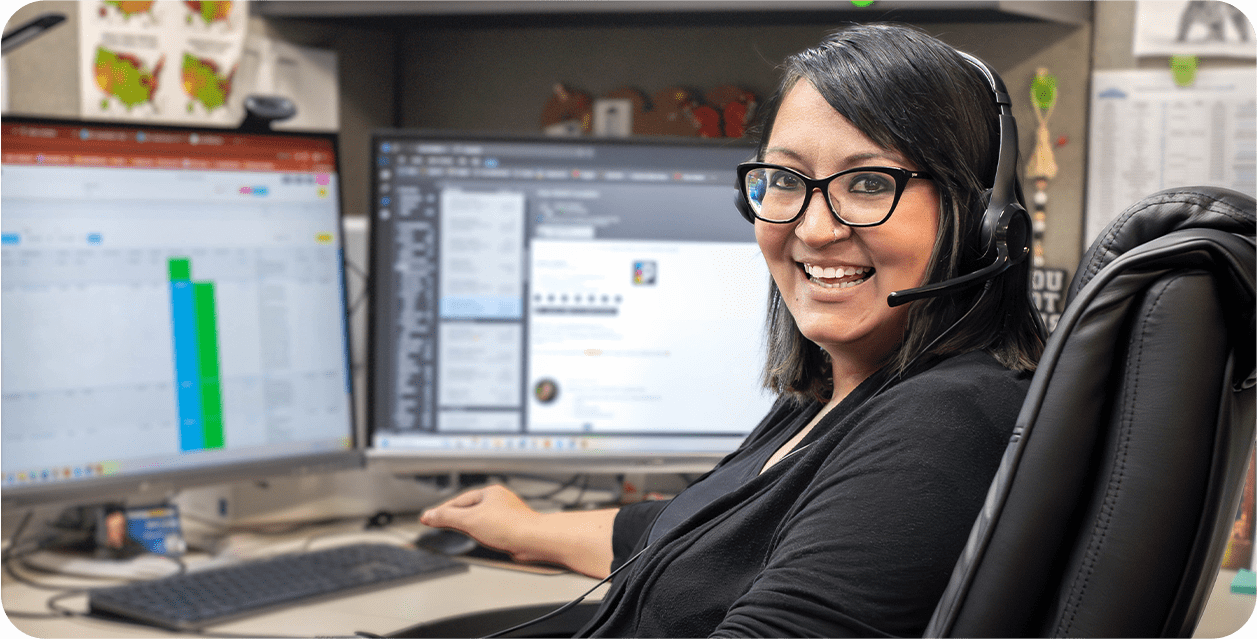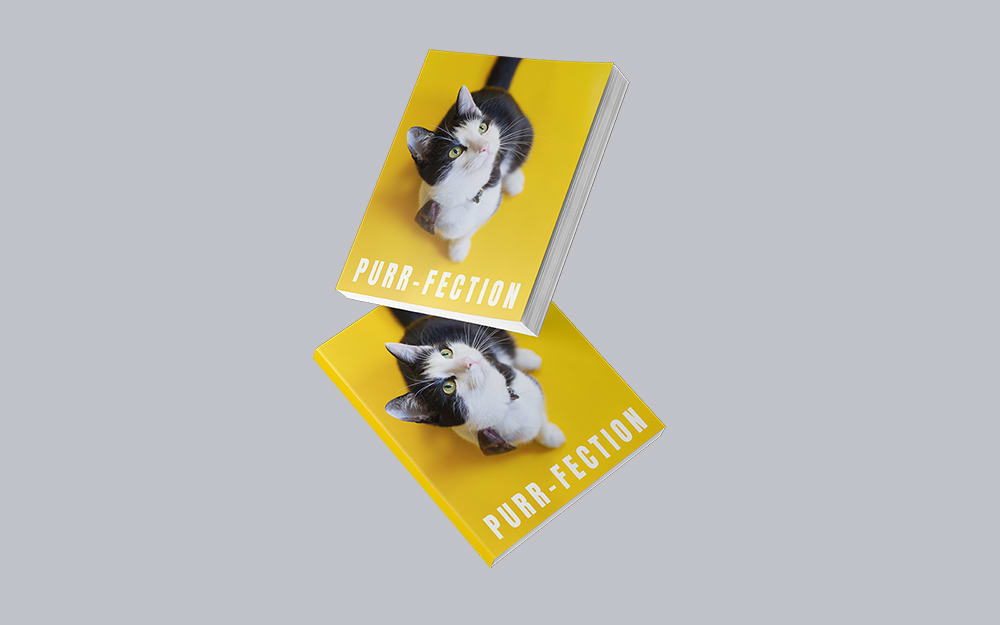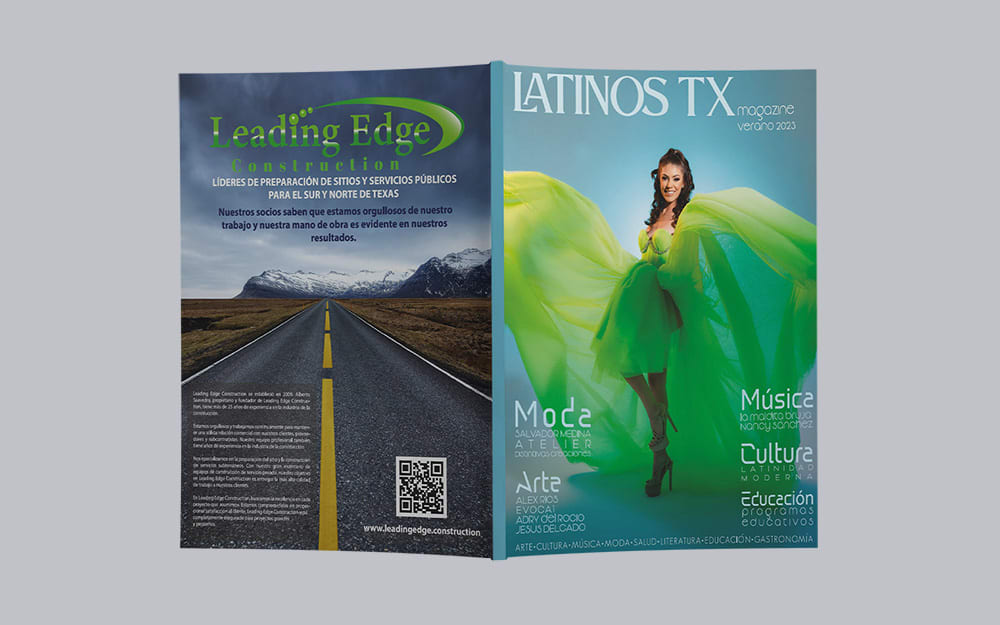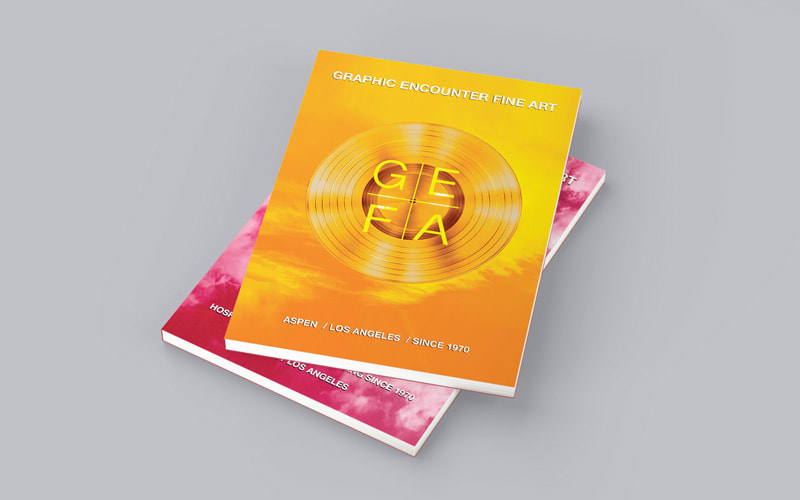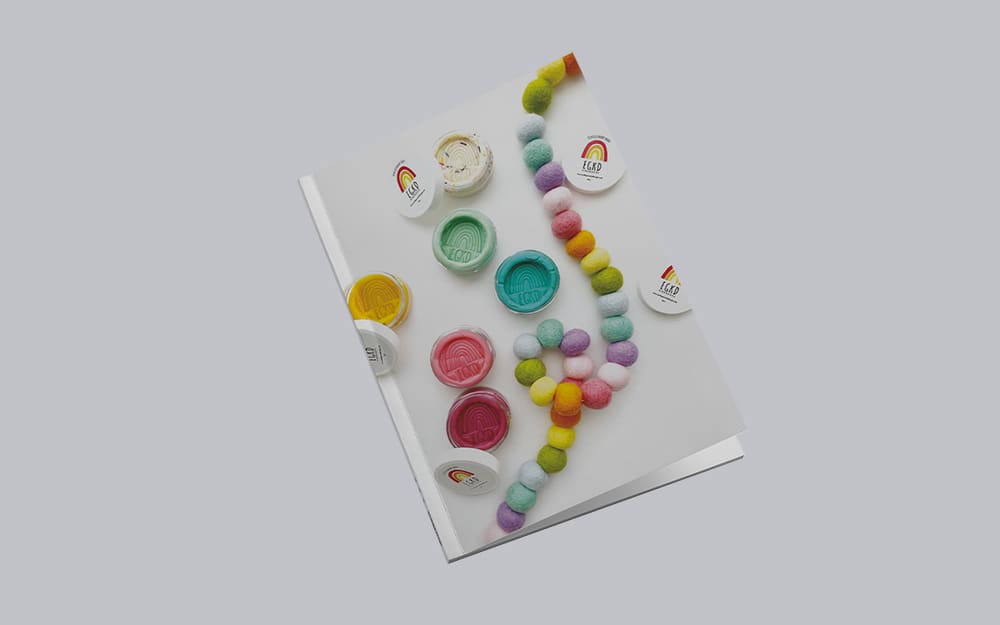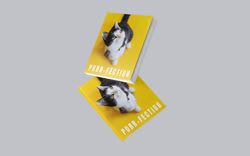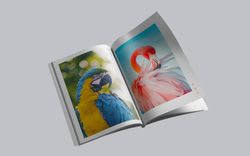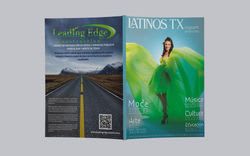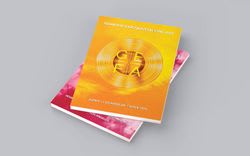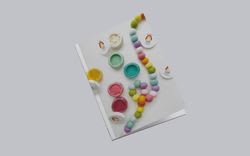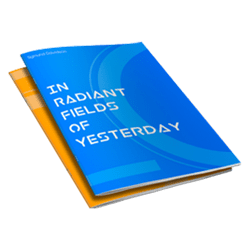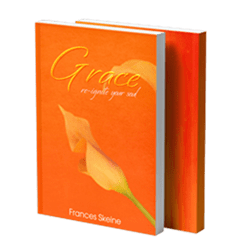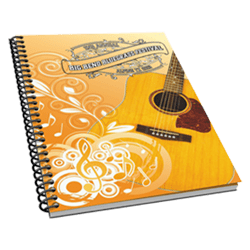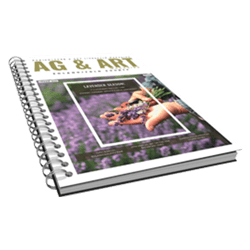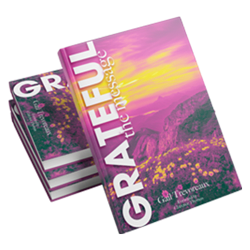Perfect Bound Book Printing
Get an Instant Quote or Place an Order
Perfect Bound Printing Resources
Free Design Tool
Check Your Files Free
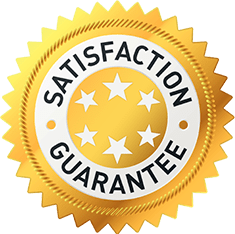
100% Satisfaction Guarantee
If you’re not completely satisfied with your purchase, we’ll correct it, reprint it, or refund your payment.
See full Terms & ConditionsProduct Information

Perfect binding is ideal for publications with higher page counts (28 pages up to 2 inches thick). Perfect binding is single sheets (text weight) of paper printed on both sides, collated in page number order, one on the other, and gathered into a book block. The spine edge is ground off. The soft cover (a thicker cardstock) is placed over and around the book block (interior pages) and attached by applying a strong yet flexible PUR glue along the binding edge, creating a square spine that can be printed on. The other three sides of the book are then trimmed to the desired finished size to give them that clean "perfect" edge, thus the name "perfect" bound. An open, perfect-bound book does not lay flat like a saddle stitch, wire-o, or spiral-bound book.
How to Order
- Select Your Product
- Get a Quote
- Upload Your Files
- Shipping & Payment
- Approve Your Proof
- Track Your Order
Need Assistance? Give us a call today: 800-995-1555
Perfect Bound File Specifications
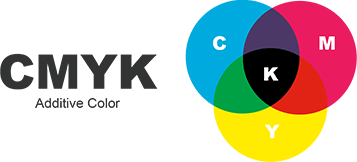
Color
Save your PDF in CMYK.

Resolution
PrintingCenterUSA recommends that the resolution of your images and document be 300 dpi or more.
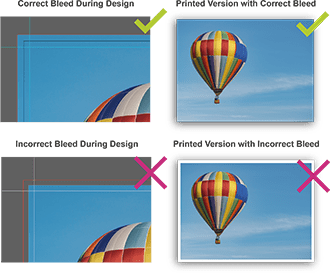
Bleeds
Bleed is an extra 1/8” of image that extends beyond the trim area of your printed piece. The project is printed on an oversized sheet that is cut down to size with the appearance that the image is “bleeding” off the edge of the paper.
More detailed information available in our Help Center
Templates
Using our blank templates is great because the files are already checked and have the proper format we need to print. Use our templates to help you double check your designs so that when you submit your order, your files are error free!
FAQs
Perfect-bound books are inexpensive and provide a durable, high-quality, professional book. They are ideal for books with higher page counts (28 pages up to 2 inches thick). Perfect binding gives you a soft cover bound to the individual inside pages with solid yet flexible PUR glue, creating a printable, square spine.
The minimum number of pages is 28, and the maximum is 2" thick. Two-page increments are required when ordering.
Because perfect-bound books cannot lay flat without breaking, a portion of each inside page will lose visibility into the spine. This inside gutter can take between ¼" and 3/8" of each page. Be mindful of this while designing and add an extra ½ "cushion to the binding-side margins of each page of your perfect-bound book.
Crossovers are images that span two adjacent pages. They are not recommended inside a perfect-bound book due to gutters.
A unique feature of perfect bound books is the ability to design the spine if it is more significant than 1/8th inch. You can keep it a solid color, add text, or have one continuous image covering the front cover across the back cover. Determining your spine width depends on the number of pages and the paper stock you have selected.
Catalogs, self-publishing books, and children's books commonly use perfect binding.
You will receive your perfect-bound book after proof approval in 3 to 4 business days. You can request rush production and shipping to receive your book earlier.
Customer Service and Support
We offer the best quality printing at competitive printing prices paired with live personal service and support. Get to know us and make us your online printing company! You’ll be happy you did. Our goal is to have your top-quality print job delivered to you...ON TIME EVERY TIME! Get to know us and make us your online printing company! You’ll be happy you did!
“The customer service was exceptional as the product. You exceeded my expectations in every way. Immediate response when I contacted Customer Service and very good guidance on the format and materials that I should use for my product. I could not be happier. Will definitely be using you again! Thank you so much!” ![]() - Eve
- Eve
